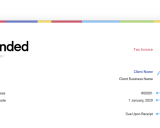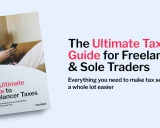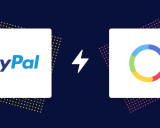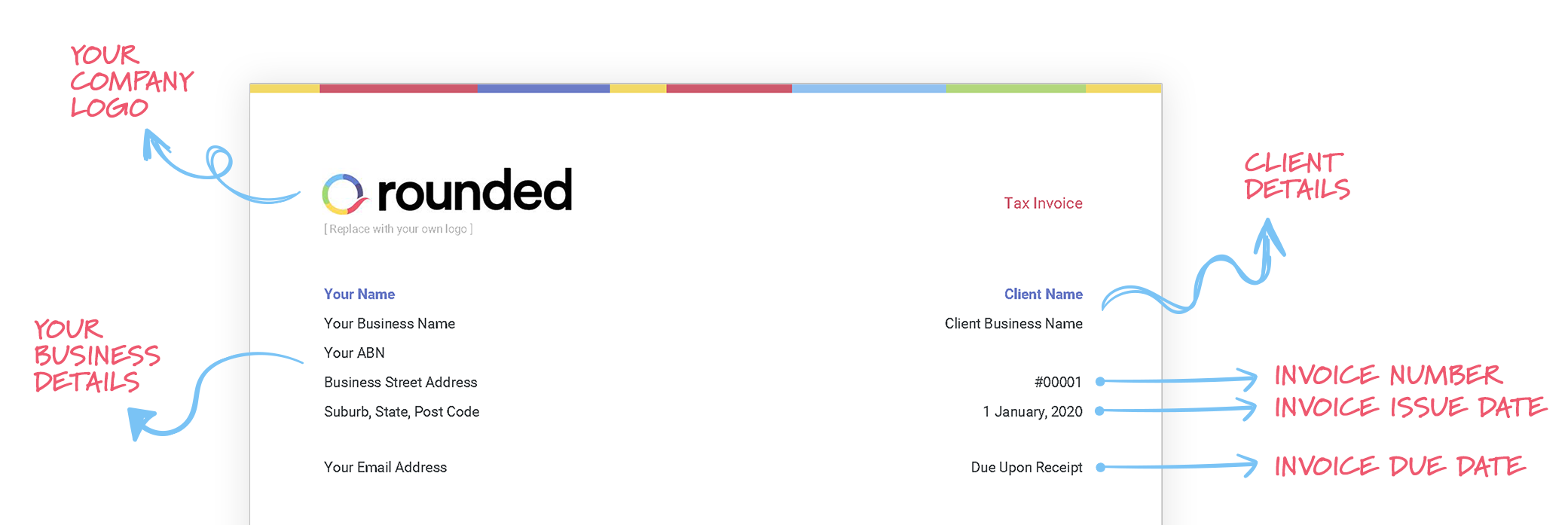
How to qualify leads and get rid of tyre-kickers
As you grow your business, you’ll come across time-wasters who can’t afford your rates or constantly find excuses to avoid closing a sale. Thankfully, you can sidestep these tyre-kickers with the proper know-how.
Article contents
− +
People who enter your pipeline with no intention to buy, often called tyre-kickers, may be doing more damage to your business than you realise.
In addition to haggling your prices, they suck up all the bandwidth you could reserve for real prospects who genuinely need your product or service.
Thankfully, you can stop them in their tracks with the proper lead qualification and sales funnel strategies. This guide will help you get started.
What is a tyre-kicker?
“Give me some time to look things over.”
“You’re out of my price range.”
“Let me look at my options.”
These are the catchphrases of “tyre-kickers”— prospects who will never convert despite their apparent interest in your products or services.
Some tyre-kickers are more deceptive than others. It may be that they lack buying power or don’t know how much your services are worth, but others are simply hoping to get some work for free.
In some cases, tyre-kickers may be the right customers at the wrong time—they aren’t ready to purchase yet, but down the track they could become valuable customers. In such cases, it’s still important to know which leads to nurture, and which ones are just time-wasters.
Why tyre-kickers are bad for business
The core of a tyre-kicker’s risk to your business is their unwillingness to close a sale. They're constantly raising objections, or reasons to opt-out of committing to a purchase. Initially, it may seem like just a bother. But their habits can cause serious, long-lasting harm.
Tyre-kickers take your attention away from real growth opportunities. While you’re focused on converting the tyre-kicker, a genuine prospect may find another available freelancer. Plus, their haggling can undermine your confidence in your rates, potentially weakening future client agreements.
Fortunately, there are some simple things you can do to keep these folks far away from your business.
How to spot tyre-kickers
Admittedly, it’s hard to spot a tyre-kicker. But a little patience and scrutiny will help you identify someone who merely appears interested apart from legitimate potential buyers.
One of the most recognisable sales objections you’ll hear from someone who’s resisting conversion is some variation of this classic line, “Your prices are too high.”
This can come up almost anywhere in the sales process, but a tyre-kicker will often fixate on the price tag and bring up the matter of cost unusually early. They’ll try to haggle your prices, even if they have no intention to buy.
Additional tyre-kicker red flags include:
They don’t know what they need, leading to a vague desire to “look at their options” before committing to a solid purchasing decision
They’ve not researched your product or service and would rather ask you all about it instead
They make unreasonable requests for product or service guarantees or ask for free tools, samples, or trials
Related: Freelancer Red Flags: 7 signs you’re dealing with a difficult client
5 ways to stop tyre-kickers from hurting your business
When learning to qualify leads and filter out tyre-kickers, the primary areas to focus on are your target audience criteria, price points, and boundaries. Here’s how to approach these facets of your sales process.
1. Develop stricter lead qualification criteria
You shouldn’t let just anybody into your sales funnel. Having “everyone” as your target audience can seriously hurt your growth in the long run. You’ll spend far too much time and resources on people who may not be a good fit for your product or service.
If you’re getting lots of tyre-kickers in your pipeline, you need to be more specific about who you do business with. Once you define your ideal prospects, understand their unique challenges, and know where they congregate online, you can tailor your marketing to reach only those prospects you want (and drive away those you don’t).
Try these steps to kick off this process:
How to qualify leads
Identify the specific challenge your product or service helps to address.
Research the demographic that is most likely to benefit from your solution.
Use these details to develop a unique selling point, or USP, and home in on where your ideal prospects might go to access and exchange information (e.g., social media, forums, etc.).
Make these platforms the focus of your freelancer marketing strategy, and meet your target audience where they are now.
Filter for the best candidates by considering their company role, budget, and related factors.
2. Verify buying power and client history
It’s also best to verify that your lead has the decision-making power to close a sale, and the budget to afford your services before you get them on the phone (or video call).
You can do this through the intake forms leads fill out when they’re showing their interest. Take a look at how a freelancer can use a call-booking form like Calendly to gauge how serious a prospect is, by adding fields for more information and an estimated budget:
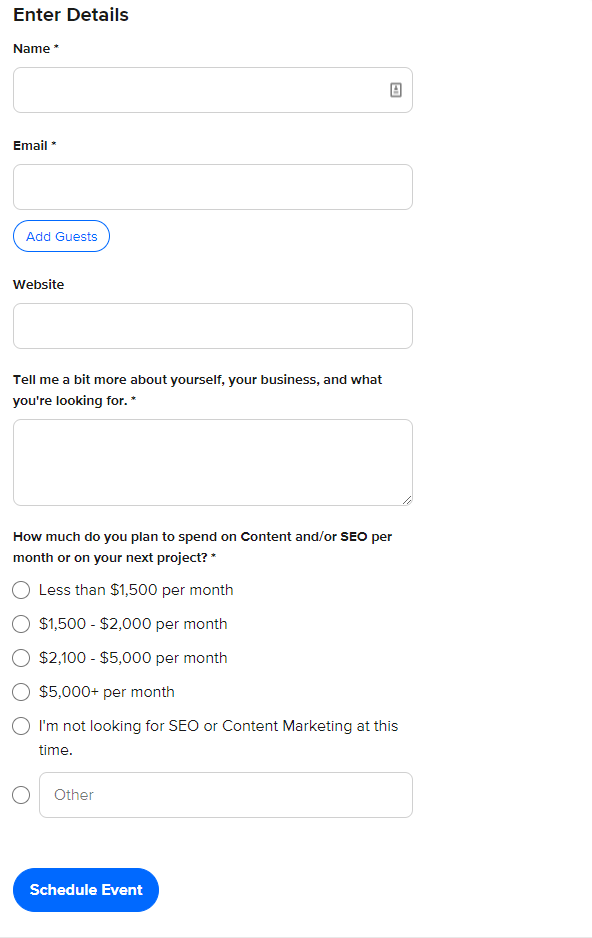
If you aren’t using forms like these, you can still save time by researching your client on social media or websites like LinkedIn and Glassdoor. Look at the role they hold in their organisation, what kind of experience they have with your chosen field, and how they interact with other businesses and freelancers online.
Once your lead qualification criteria are set, you’ll be able to spot warning signs early and protect your business from those who will drain your time and resources.
3. Balance your price and perceived value
If you’re constantly dealing with tyre-kickers, there’s a chance the problem lies with how you portray your value to your potential leads.
In our interview with Brooke McCarthy, digital marketing and business coach, she told us, “Value pricing is understanding what is at the heart of what we’re selling. It’s not just words on the page for a copywriter, or pushing pixels for a web designer.”
A good way to showcase your value is to ask your existing customers for feedback on the benefits they experienced working with you, and to weave this feedback into things like testimonials and case studies.
You should also take a look at what other businesses in your industry are charging—if your prices are significantly lower than everyone else, it may be a good idea to raise them so you’re closer to the average price.
This will keep tyre-kickers from approaching you just because you’re the cheapest option, while drawing in people who are willing to pay the right price because they understand your value.
4. Set boundaries early and stick to them
One of the sneakiest ways that a tyre-kicker will find their way deep into your sales funnel is by subtly violating professional boundaries.
For example, leads may ignore your business hours by requesting last-minute, free consultations or quick project turnarounds for low rates.
Many experienced freelancers have a simple solution to deal with these types of tyre-kickers: Auto-response messages. Standing firmly by your business hours ensures that you won’t work uncompensated or at unreasonable hours.
You can also create a policy page on your freelancer website, where you outline your working hours and any other important boundaries you want your customers to know about.
Do your best to state these boundaries clearly, but in a positive way. Rather than writing, “I don’t work weekends and evenings,” try something like, “I’m always available Monday through Friday, and happy to negotiate additional working hours with my clients.”
5. Be smart about providing samples
Tyre-kickers are typically in-bound leads, meaning they approach you with an inquiry about your business (rather than you hunting them down). But beyond finding your contact information, they often refuse to do any substantial research into your business. Instead, they expect you to answer questions about your product or service at their every whim.
In some cases, they might also ask for a free sample to demonstrate your work instead of reading your website or viewing your freelancer portfolio. These individuals often claim that such samples are essential to ensure you’re the “right fit” for what they need.
You may offer free demos to your clients as part of your sales process, but try to avoid performing a lot of work for free or reduced rates before they’ve signed a contract.
If a client requests a free sample, it’s a good time to remind them of your pricing. You may offer to do the sample for your agreed-upon fees, or even add an additional charge for pre-contract work.
Additionally, you can easily deter requests for free samples by providing demonstration videos, examples of your work, and client testimonials. Have these available for your clients to access and refer to it when such inquiries arise.
You’ll inevitably come across tyre-kickers in the course of your freelance career. But implementing stricter prospect criteria, balancing your cost and perceived value, and setting boundaries will help minimise any damage they might deal.
Cover Photo by Charles Deluvio on Unsplash
Join newsletter
ABOUT ROUNDED
Invoicing and accounting software for sole traders. Get paid faster and relax at tax time.
